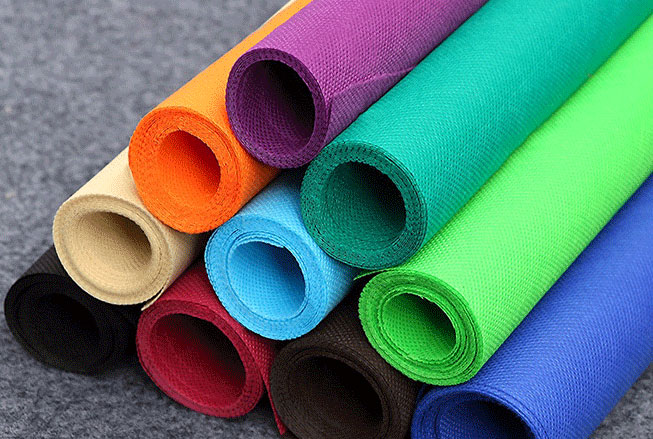Search
English
Polyester (PET) spunbonded filament non-woven fabric is a kind of non-woven fabric. Its raw material is 100% polyester chip. It is made of countless continuous polyester filaments through spunbonded hot rolling, also known as PET spunbonded filament non-woven fabric or PES spunbonded non-woven fabric, and also called single component spunbonded non-woven fabric.
PP is polypropylene raw material, namely polypropylene fiber, which belongs to thin non-woven fabric; PET is a new polyester raw material, namely polyester fiber. There is no additive in the whole production process. It is a very excellent environmental protection product and belongs to thick non-woven fabric.
1. PP raw materials are cheap and PET raw materials are expensive. The waste of PP can be recycled, while the waste of PET cannot be recycled, so the cost of PP is slightly lower.
2. The high-temperature resistance of PP is about 200℃, while that of PET is about 290℃. PET is more resistant to high temperatures than PP.
3. Non woven printing, heat transfer effect: in the same width, PP shrinkage is large, PET shrinkage is small, the effect is better, PET is more economical and less waste.
4. Tensile force, tension, bearing capacity: in the same gram weight, PET has greater tensile force, tension and bearing capacity than PP does. 65g PET is equivalent to 80g PP's tensile force, tension and load-bearing capacity.
5. From the perspective of environmental protection, because PP is mixed with recycled PP waste, PET is all new polyester chips, and PET is more environmentally friendly and hygienic than PP.
6. PET Spunbond Non woven Fabric is more widely used
(1). Home textile: Anti pile lining, heat transfer printing, non-woven calendar, office document hanging bag, curtain, vacuum cleaner bag, disposable garbage bag and so on.
(2). Packaging: cable wrapping cloth, handbag, container bag, flower wrapping material, desiccant and adsorbent packaging material.
(3). Decoration: wall decoration cloth, floor leather base cloth, flocking base cloth.
(4). Agriculture: agricultural harvest cloth, crop and plant protectors, weed protection belts, fruit bags and so on.
(5). Waterproof material: high-grade breathable (wet) waterproof material base cloth.
(6). Industrial applications: filter materials, insulating materials, electrical appliances, reinforcement materials, support materials.
(7). Others: protective articles, tourism products and so on.
(8). Filtration: filtration of transmission oil.

Raw Material:
Polyester Non woven Fabric: This term generally refers to non-woven fabrics made from various types of polyester polymers, including polyethylene terephthalate (PET).
PET Nonwoven Fabric: Specifically refers to non-woven fabrics made from PET, which is a type of polyester.
Polymer Composition:
Polyester Non-woven Fabric: Encompasses a broader category of non-woven fabrics that can be made from various polyester polymers, not exclusively PET.
PET Nonwoven Fabric: Specifically denotes non-woven fabrics made from PET polymer.
Manufacturing Process:
Polyester Non-woven Fabric: The term doesn't specify the manufacturing process, so it could include various techniques such as meltblown, spunbond, or needle punching.
PET Nonwoven Fabric: The manufacturing process would involve using PET fibers and could include methods like meltblown, spunbond, or others specific to PET.
Properties:
Polyester Non-woven Fabric: Can have a range of properties depending on the specific type of polyester used and the manufacturing process.
PET Nonwoven Fabric: The properties are more narrowly defined and influenced by the characteristics of PET, such as strength, durability, and resistance to moisture.
Common Use:
Polyester Non-woven Fabric: Used in various applications such as apparel, automotive interiors, geotextiles, and more.
PET Nonwoven Fabric: Commonly found in applications where the specific properties of PET, such as strength and resilience, are desired, such as in filters, packaging, and technical textiles.
while PET is a type of polyester, the term "polyester non-woven fabric" is more general and can include non-woven fabrics made from various polyester polymers. PET nonwoven fabric specifically refers to non-woven fabrics made from PET, emphasizing the use of this particular type of polyester.